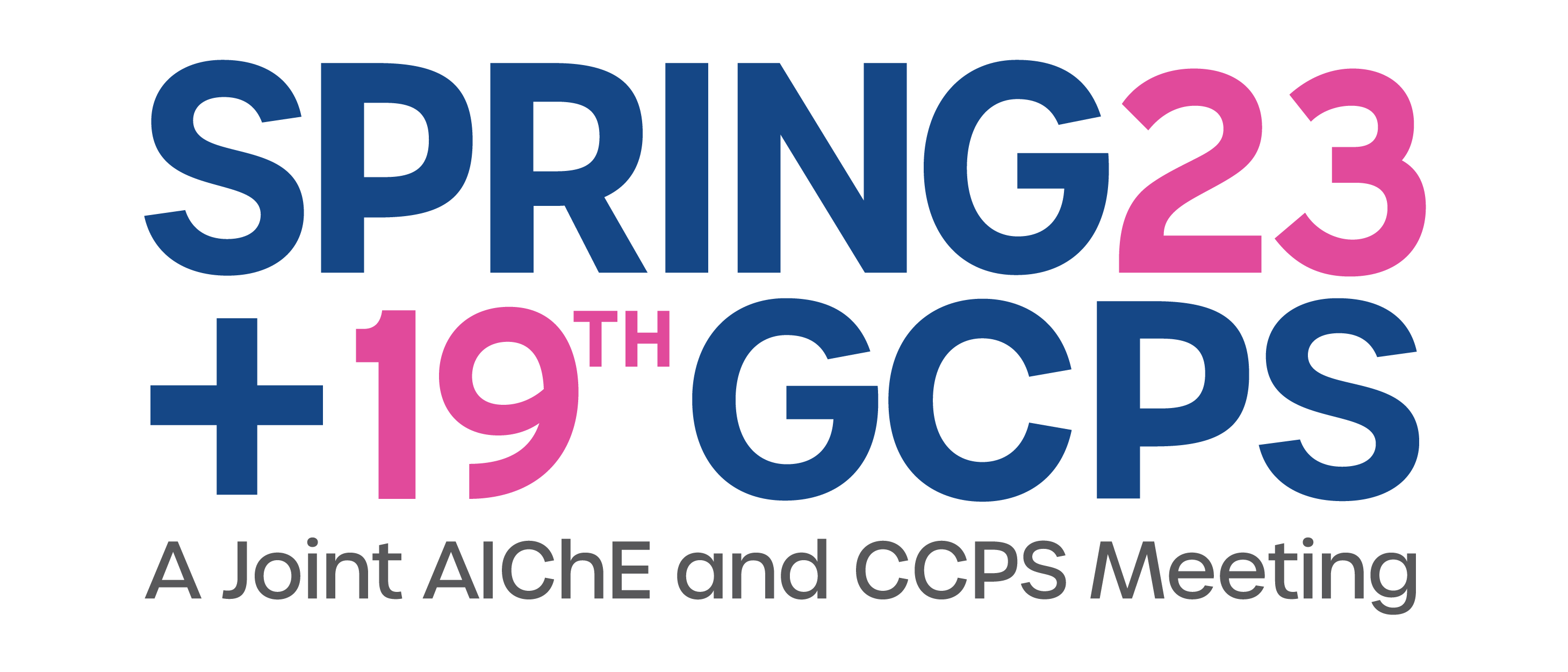

NexantECA will discuss the different options for ethylene carbon intensity reduction from a cost and carbon intensity perspective, with insights and data coming from NexantECA’s recently published multi-subscriber report Low Carbon Intensity Ethylene: A Technoeconomic and Carbon Intensity Study. Current approaches for decarbonization with high interest include cracker focused approaches such as, alternative cracker feedstocks, carbon capture, changes to the cracker (e.g., electrification and/or hydrogen co-firing), using decarbonized methanol (including very low CI e-methanol) as a feedstock for MTO, as well as alternative chemistries (e.g., ethanol to ethylene). There are also some very early stage developments and recent announcements of technologies that may hold promise such as CO2 to ethylene, however these are far from commercial and have significant hurdles to overcome to be considered commercially viable.
The reality of achieving global net zero emissions for ethylene will likely be an uphill battle and require a combination of multiple approaches with the likelihood high currently that we will fall short by the deadline—but should it ultimately fall to zero by 2050 or some later date, it is most probably that the death of the carbon footprint of ethylene will not be one swift blow by shutdown economics of a superior technology, rather it will be one of a thousand paper cuts by incremental improvements and the confluence many small steps.
Presenter(s)
Language
Pricing
Individuals
| AIChE Member Credits | 0.5 |
| AIChE Pro Members | $19.00 |
| Fuels and Petrochemicals Division Members | Free |
| AIChE Graduate Student Members | Free |
| AIChE Undergraduate Student Members | Free |
| AIChE Explorer Members | $29.00 |
| Non-Members | $29.00 |
